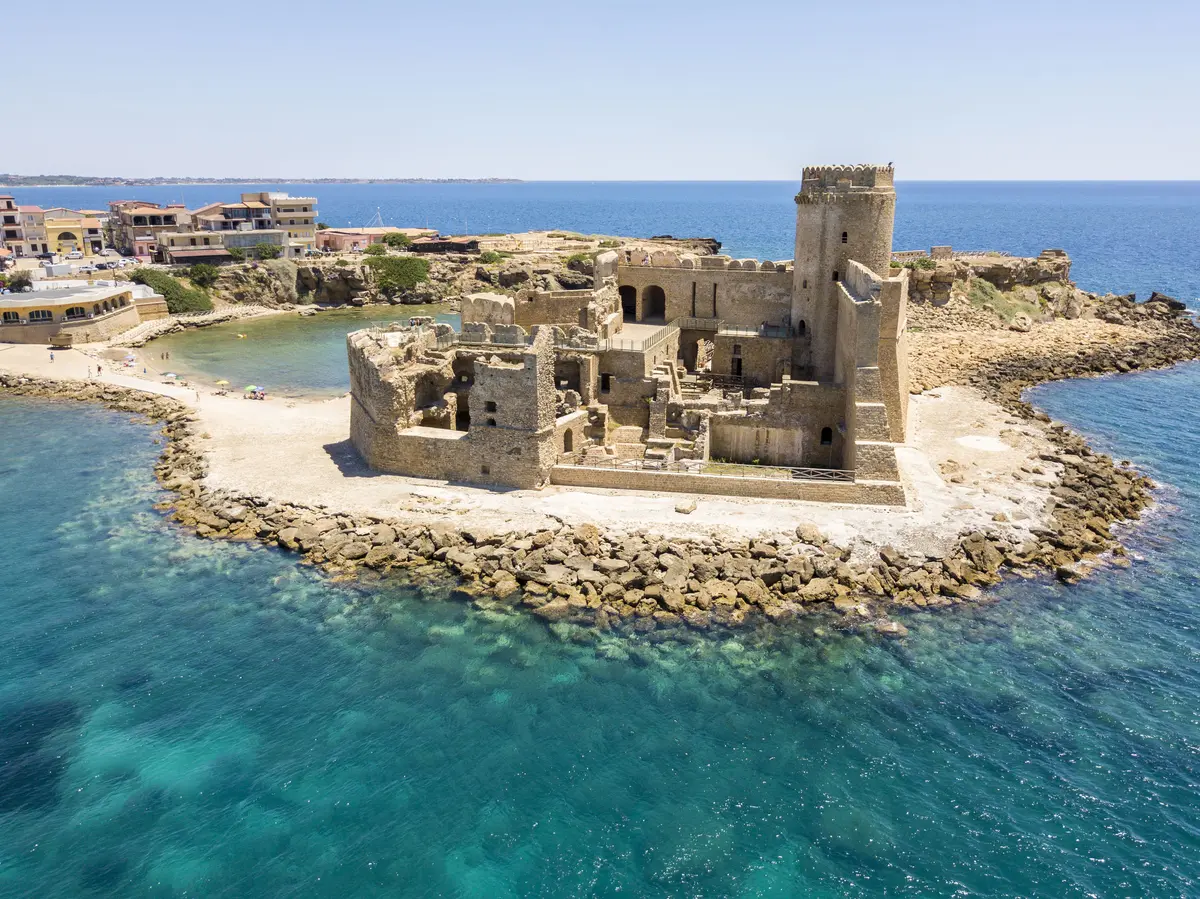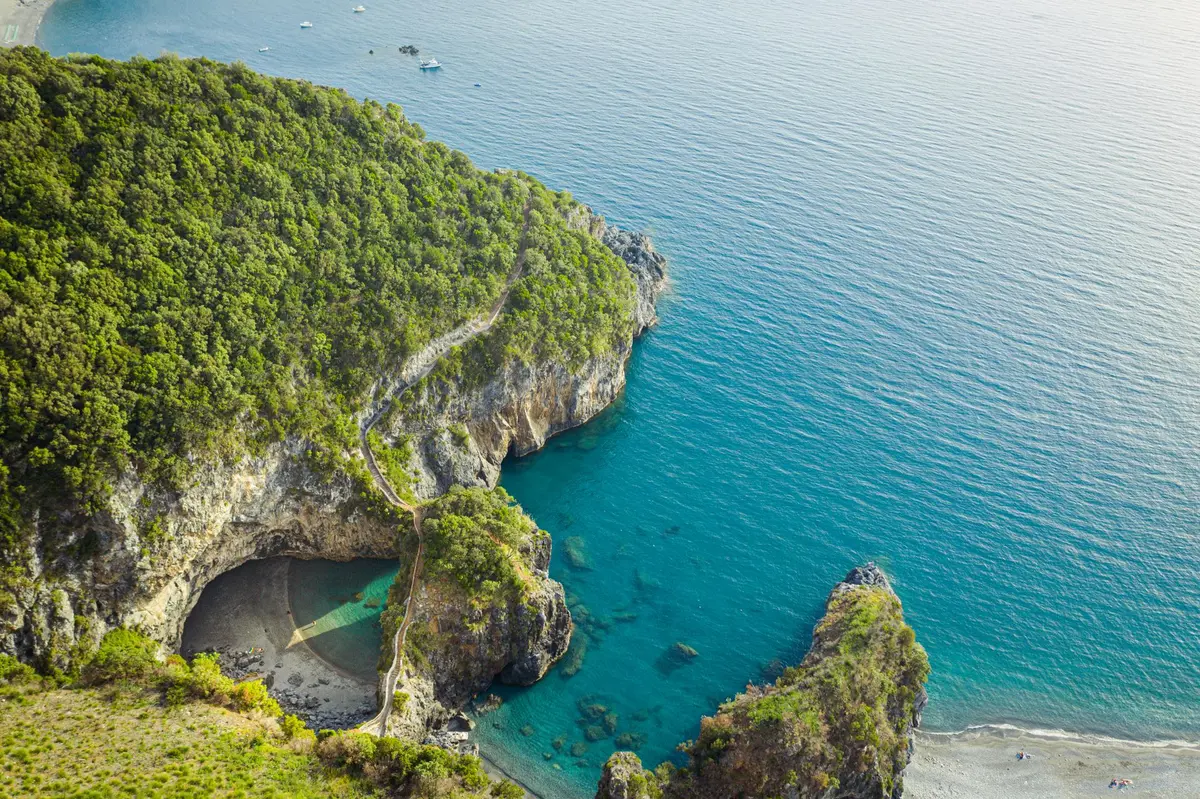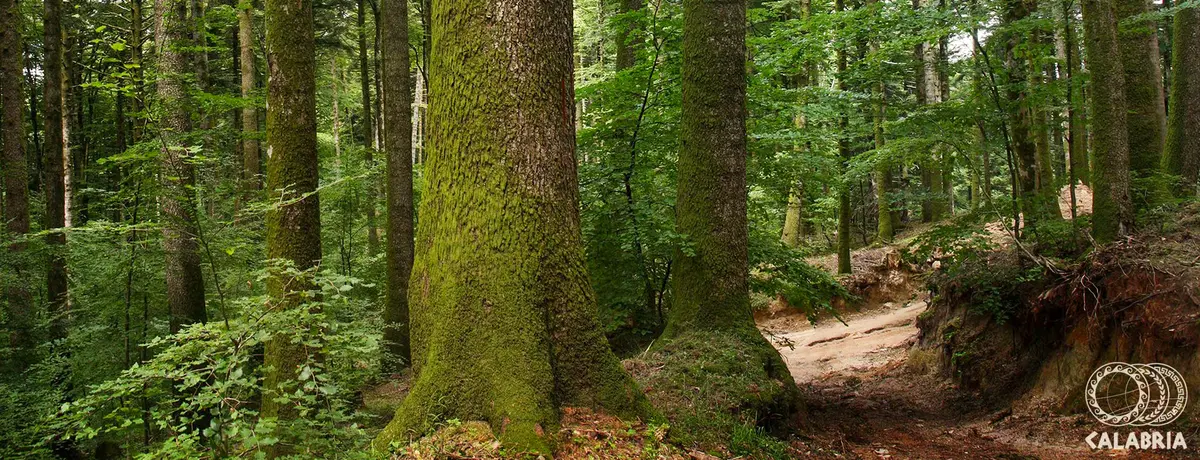The Costa dei Saraceni and its natural beauties
Among the wildest and historically rich coastal areas is the Costa dei Saraceni.
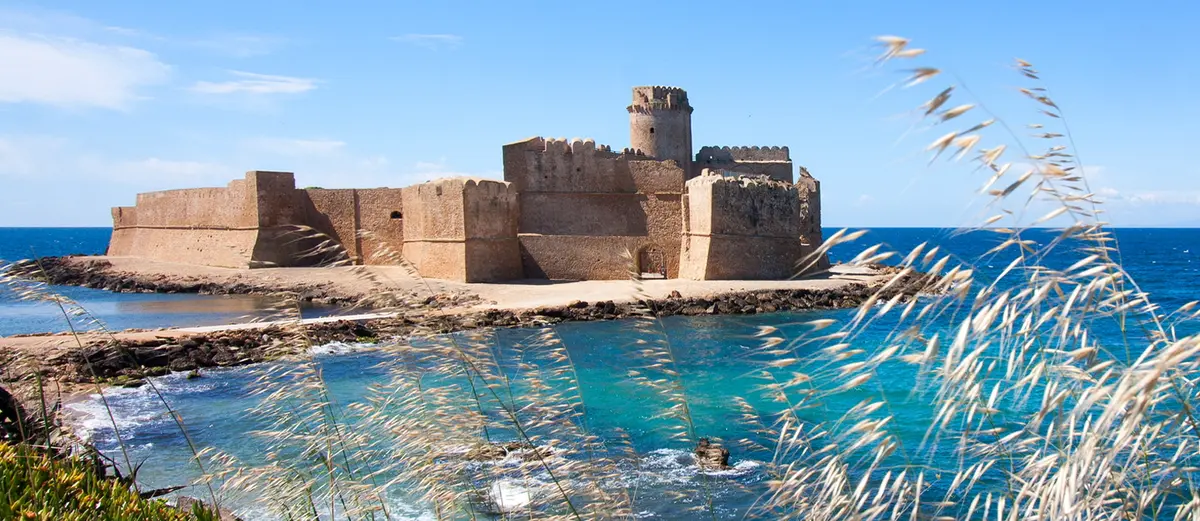
Naturalistic
Le Castella, Isola Capo Rizzuto - Regione Calabria
Travel information
Category
Naturalistic
Target
For all
Among the wildest and historically richest coastal areas of the Calabrian Middle Ionian Sea, the Costa dei Saraceni (Calabria) stretches between the provinces of Crotone and Cosenza.
The name evokes ancient pirate raids along the coast, which in this very stretch boast some of the best-preserved medieval watchtowers in Calabria. It was here, for example, that the fascinating story of Occhialì (Uluç Alì), born Giovanni Dionigi Galeni, the Calabrian child kidnapped by the corsair Barbarossa and who in turn became the "terror of the seas", the only Turkish admiral to survive the Battle of Lepanto.
In addition to serving as a backdrop to the legends linked to the Arab-Turkish invasions of Calabria, the Costa dei Saraceni boasts the presence of some of the region's most spectacular natural jewels, such as the "Isola Capo Rizzuto" Protected Marine Area, one of the largest in Europe.
The Costa dei Saraceni is also the indigenous territory of the Gaglioppo vine and of fine PDO wines (Cirò, Melissa and Sant'Anna). It is no coincidence that no less than four "Wine Cities" in Calabria meet on this coast.
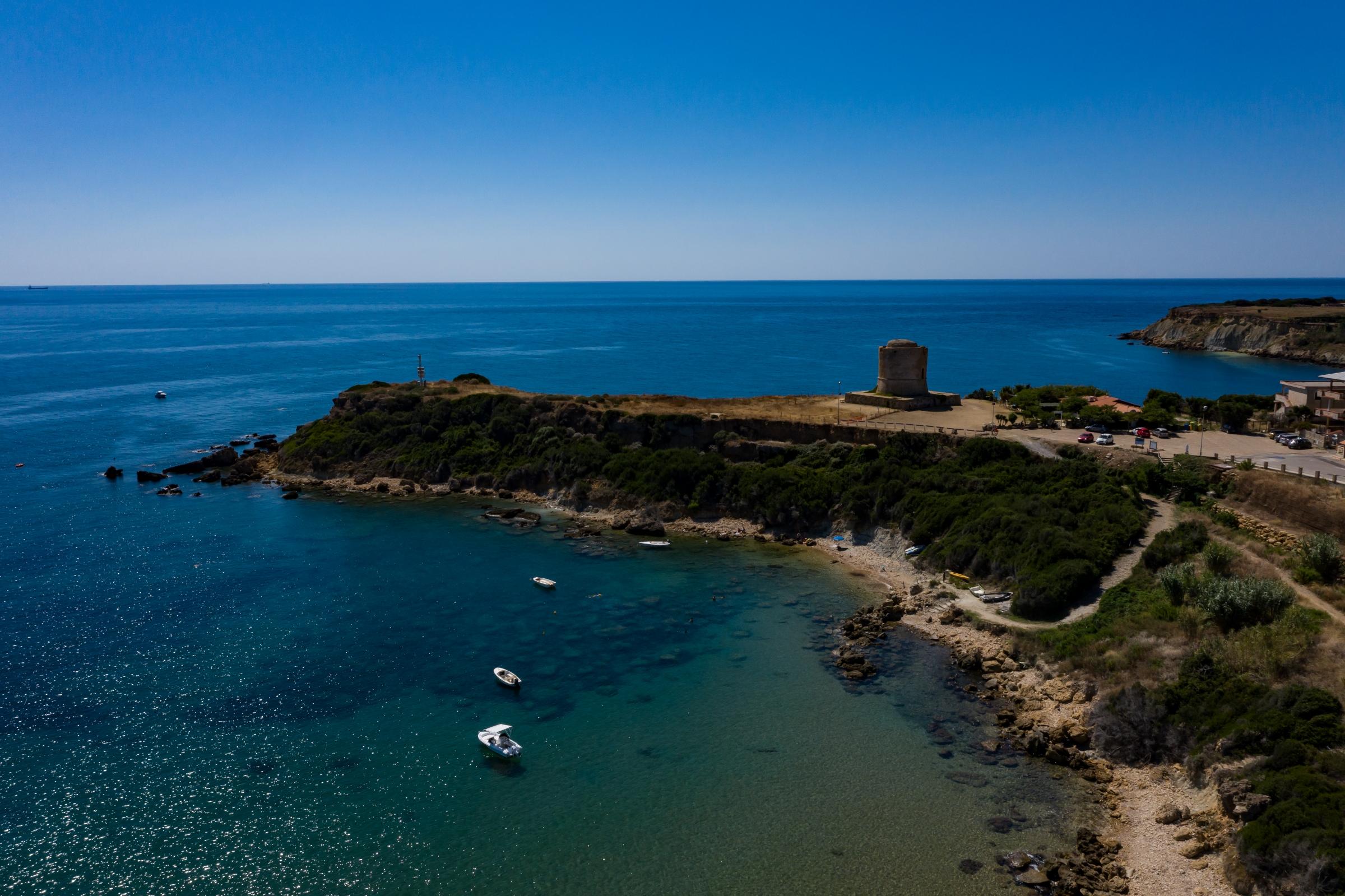
Isola Capo Rizzuto
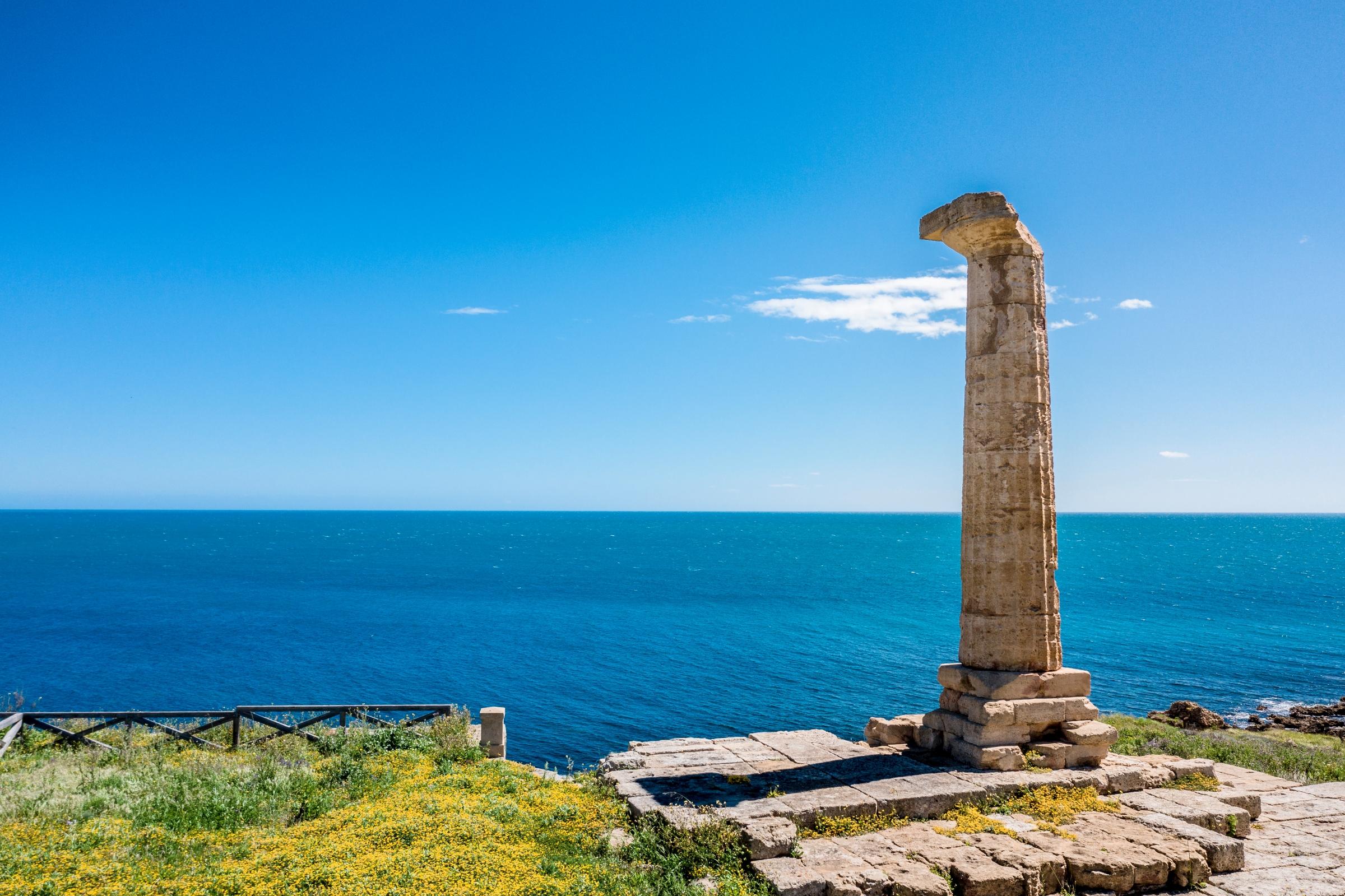
Crotone

Strongoli Marina

Torre Melissa

Cirò Marina

